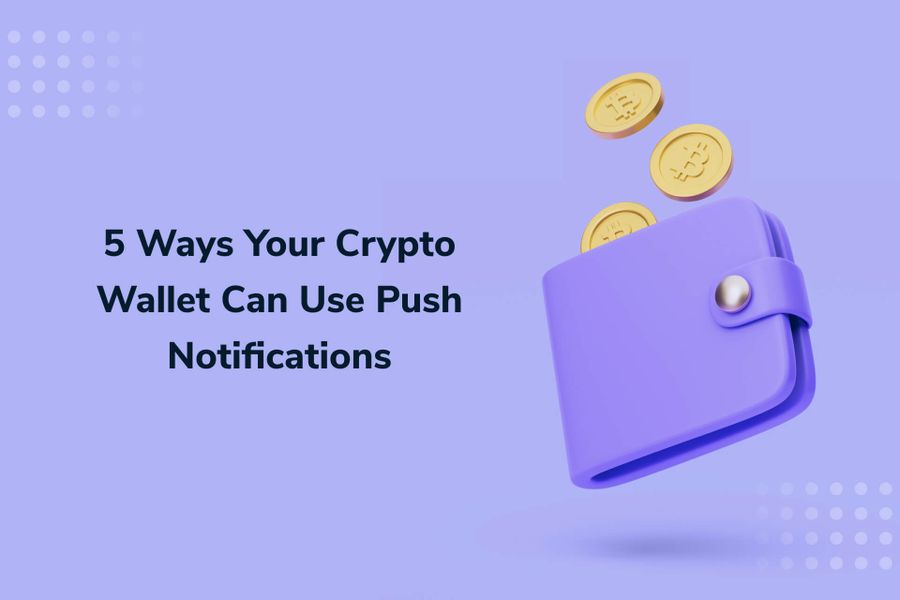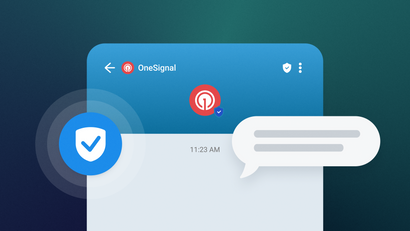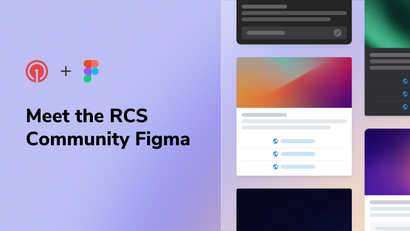Since the invention of the mysterious and legendary Bitcoin— the first and most well-known cryptocurrency in existence—the world has seen the crypto sector snowball.
If you aren’t familiar, cryptocurrency is a digital asset traded through a public ledger called the Blockchain and is exchanged peer-to-peer through a decentralized protocol.
For context, the global crypto ATM market size is expected to reach USD 1.88 billion by 2028, expanding at a CAGR of 59.2% from 2022 to 2028. Today, over 10,000 crytprocurrencies have come into existence. With that, consumers are increasingly turning to crypto wallets and trading apps to transact these currencies.
Crypto wallets include desktop, hardware, and mobile app wallets. They typically guard the private keys needed to sign crypto transactions. Controlling the private key allows users to control the coins associated with that address.
With crypto wallets, users can buy, sell, convert, and trade a wide variety of currencies.They also allow users to easily and securely build and manage their portfolios, swap currencies, manage spending, track market movements, and stay on top of relevant news within the app. Given the volatility of these currencies, your digital or crypto wallet needs a direct line of communication with your users in order for your app to fulfill its purpose.
That’s why communication channels such as push notifications are critical for crypto wallets in order to provide utility to users across the app experience.
Here, we’ll get into some types of push notifications you’ll want to send your crypto wallet users.
1. Price alerts
In the crypto world, users must stay on top of the latest market movements and effectively manage their portfolios.
That’s why sending price alerts is essential in order for your digital wallet to best serve and protect its users. Cryptocurrency values are known to fluctuate drastically from one day to the next, due to supply and demand, cost of production, availability on exchanges, and the legal structures that surround these currencies. That’s why price alerts are even more important coming from your crypto wallet than they would be for a traditional banking app or stock trading app. Users will appreciate knowing the value of their assets on a regular basis, given how quickly their prices can change.
Although these types of alerts are a fundamental use case, they also have the potential to annoy users if they’re sent too frequently. Users will likely have differing preferences for notification frequency depending on the type of trader they are. That said, it’s a good idea to let your users choose the type and frequency of price alerts they receive. You can even give your users control in customizing how often they want updates and at what cutoffs through in-app feedback, for instance. .
2. Transactional Notifications
Make your traders aware of important account and security-related information to keep them in the loop throughout the app experience.
Notify users about transaction status by triggering push notifications when a payment or trade is in progress and when it’s completed. Users appreciate knowing the real time status of their assets in order to feel at ease.
Let your traders know that their crypto purchase has gone through, for instance, and the amount of time until currency they bought will arrive in their wallet. Notify them when a payment arrives successfully, or when it fails authorization. You can also send security-related messages conveying that a user’s identity has been verified as part of a 2FA process, one time password, or other mechanism. The types of security messages you send will depend on your particular wallet’s security features. What’s generally true is that everyone values security when it comes to their assets. Sending transactional alerts helps users trust your app as a safe space to hold and transact their currencies.
Your users will be more likely to confide in and use your wallet over your competitors’ if you can nail these types of notifications.
3. Informational Pushes
You’ll want to guide users with different levels of trading experience in making the best decisions on your platform. That’s why you should be sending frequent informational push notifications to help educate users.. Especially in such a young industry, it’s important to educate investors about how to make wise trading decisions. The more informed your users are, the more empowered they will feel, and the more time they will spend in their wallets.
These types of notifications can deliver information to users with vastly different understandings of the space. Using what you know about their behavior and time in your platform, you can tailor messages to traders with differing levels of experience.
You can even deep-link to your blog, videos, or other resources you provide. It’s best to tailor informational and educational messages to user preferences, given that not every investor will care about every currency, exchange, or news headline. You can recommend users content based on explicit preferences they’ve expressed through in-app feedback or alternatively through their in-app behavior.
4. Geolocated Messages
Given the confusing patchwork of policies that regulate crypto around the globe, you’ll want to segment your userbase and send push notifications tailored to different geographic cohorts. For example, some countries classify the asset as legal property and others don’t. To tailor messaging to a global userbase, it’s critical to segment them by country or region.
Geotargeting also enables you to localize the language of your notifications accordingly!.
5. How to’s and Feature Walkthroughs
Notifications can also help your crypto wallet users deepen their understanding of your app and its functionality. You can use push to guide them through the process of registration or verification. You can encourage them to take actions like completing a personal profile or checking the status of their portfolio. Push are an excellent way to engage users with all the features and functionality you have to offer. You can use them to walk users through new or unique parts of your product, like your QR scanner or your trading and exchange features.
Learn More
Curious to know how other financial services apps use push notifications? Check out the following article.
Read: Why Real-Time Alerts are Essential for Investment Apps



